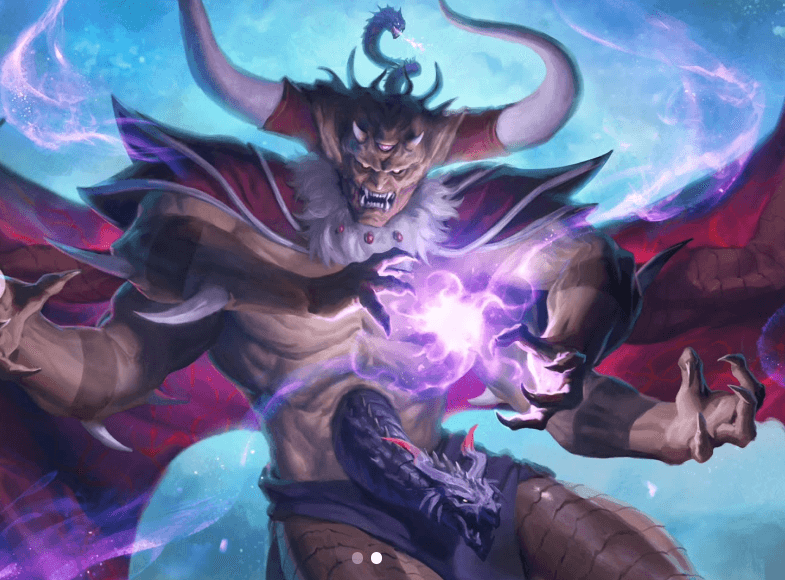
Determining a Magic: The Gathering (MTG) format’s metagame involves more than just listing the most-played decks. It requires analyzing a dynamic ecosystem shaped by player preferences, card availability, recent tournament results, and evolving strategies. A strong grasp of the metagame helps players make smarter deck choices, predict matchups, and adjust sideboards.
To understand a format’s metagame, five major aspects should be considered: deck archetypes, win rates and tournament performance, card pool and power level, player behavior, and format-specific constraints.
First, understanding the main deck archetypes in a format is crucial. These include aggro, control, midrange, combo, and hybrid strategies. Each archetype brings specific strengths and weaknesses that define its place in the meta. Recognizing which archetypes are dominant or underrepresented can signal shifts in the environment. For example, if combo decks are prevalent, players might pivot toward faster aggro or disruption-heavy control to counter them.
Second, win rates and recent tournament performance provide data-driven insight into which decks are actually succeeding. This includes results from Grand Prix, Pro Tours, MTGO events, and local tournaments. A deck might be popular, but if it’s not converting into top finishes, its metagame share might not reflect its true strength. Consistent top 8 appearances can often lead to an increase in popularity, triggering ripple effects throughout the meta.

Third, the card pool and overall power level of the format shape what decks can exist. Formats like Vintage or Legacy offer vast card access, leading to powerful, efficient strategies. Meanwhile, formats like Standard or Pioneer are more limited, making deck diversity more volatile and sensitive to new set releases. The legality and banning of specific cards also directly alter the landscape, as a single powerful card can define—or break—a format.
Fourth, player behavior and community sentiment also play a subtle but real role in the metagame. Players may favor certain decks due to familiarity, online hype, or content creator influence. Similarly, if a deck is widely perceived as “unfun” or toxic, it may see play drop off even if it’s technically strong. These psychological and social factors can skew data and lead to unexpected metagame shifts.
Lastly, each format has unique constraints and incentives that affect deck building and play. For example, Modern has access to fetchlands and efficient spells, leading to a faster, more consistent game pace. Commander prioritizes multiplayer dynamics and political interactions, so deck building is as much about synergy and threat management as raw power. Understanding these format-specific elements is key to interpreting how and why certain decks rise or fall in the metagame.
In short, the MTG metagame is a living, breathing system shaped by many forces. Deck archetypes, tournament data, the card pool, player behavior, and the nuances of each format all play a part. Ignoring any of these leads to an incomplete picture. To compete effectively, players need to consider them all and be ready to adapt.
Thanks for reading, and until the next blog post.
